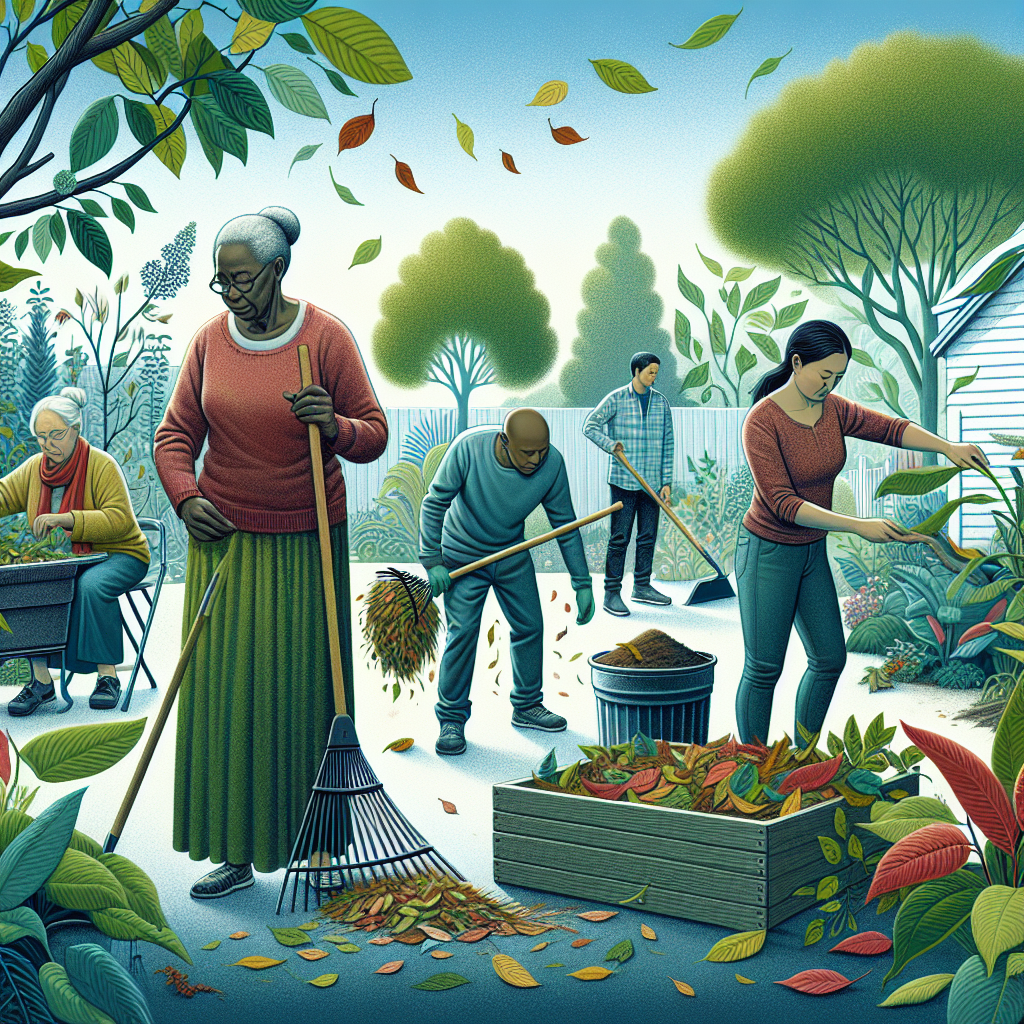Managing Dead Leaves in Your Garden: Benefits and Tips
When autumn comes along, the inevitable happens: our once luscious, green trees begin to shower our gardens with a myriad of dead leaves. While some may view this as a nuisance, those dead leaves can actually be quite beneficial to your garden if managed properly. In today’s blog post, we’ll explore the advantages of dead leaves in the garden and provide tips on how to manage this natural resource.
The Hidden Benefits of Dead Leaves
Before you reach for that rake, let’s uncover the hidden treasures that dead leaves provide. They’re not simply a chore waiting to happen.
Nutrient Recycling
Dead leaves are rich in carbon and minerals that plants need, such as phosphorus, potassium, and nitrogen. Composting leaves is a way of recycling these valuable nutrients back into your soil.
Natural Mulch
Mulching with leaves helps to regulate soil temperature, retain moisture, suppress weeds, and protect plant roots from extreme temperatures. Leaves decompose over time, adding organic matter to the soil and improving soil structure.
Wildlife Habitat
Leaves serve as a natural habitat for a variety of wildlife. Butterflies, songbirds, and other beneficial creatures use leaves for nesting materials and overwintering.
Tips for Managing Dead Leaves
While it’s tempting to see leaves as mess-makers, there are ways to turn them into a boon for your garden. Here are some strategies to manage dead leaves effectively.
Composting
Composting leaves is a fantastic way to recycle this organic matter into nutrient-rich compost for your garden. Create a dedicated leaf pile, or add leaves to an existing compost bin. Remember to mix in some green waste or a nitrogen source to balance the carbon-rich leaves. Check out this guide from The Compost Gardener for specifics on creating leaf mold.
Mulching
Instead of bagging up and discarding your leaves, use them as a mulch in your garden beds. A layer of shredded leaves protects your garden from the harsh winter and reinvigorates the soil. To prevent matting and promote faster decomposition, it helps to shred your leaves using a leaf shredder or by running a lawn mower over them.
Lawn Care
Leaves left on your lawn can deprive the grass of sunlight and air, potentially harming your lawn. However, instead of raking all the leaves, you can mulch them into the lawn using a mulching mower. This returns nutrients to your lawn without the labor of raking.
Creating Leaf Mold
Leaf mold is decomposed leaves that provide a fantastic soil amendment, improving water retention and soil structure. To create leaf mold, simply pile your leaves in a spot where they can break down over time. You can use a simple wire bin or a fenced-off area of your yard. It can take a year or two for leaves to turn into leaf mold, but the result is worth the wait.
Donate Your Leaves
If you find that you have too many leaves, you may want to consider donating them. Many local community gardens or municipal composting programs would be happy to receive your excess leaves to help their composting efforts.
Final Thoughts
Dead leaves are more than just a nuisance; they’re a natural, renewable resource that can benefit your garden immensely. With the right management techniques, you can turn what seems like a mundane task into a boon for your garden, creating a healthier environment while supporting local ecosystems.
While some folks may choose to ignore or discard their leaves, savvy gardeners know that these autumn cast-offs can be the ticket to a richer, more vibrant garden. So this fall, embrace the leaves and let them work for you.
Remember, managing your garden’s natural resources sustainably not only leads to a healthier garden but also contributes to a healthier planet. Spend a little time this autumn managing those dead leaves, and you’ll reap the benefits come springtime.
Now, get out there and put those leaves to work in your garden!
(Disclaimer: This blog post contains referral links to products. We may receive a commission for purchases made through these links.)

